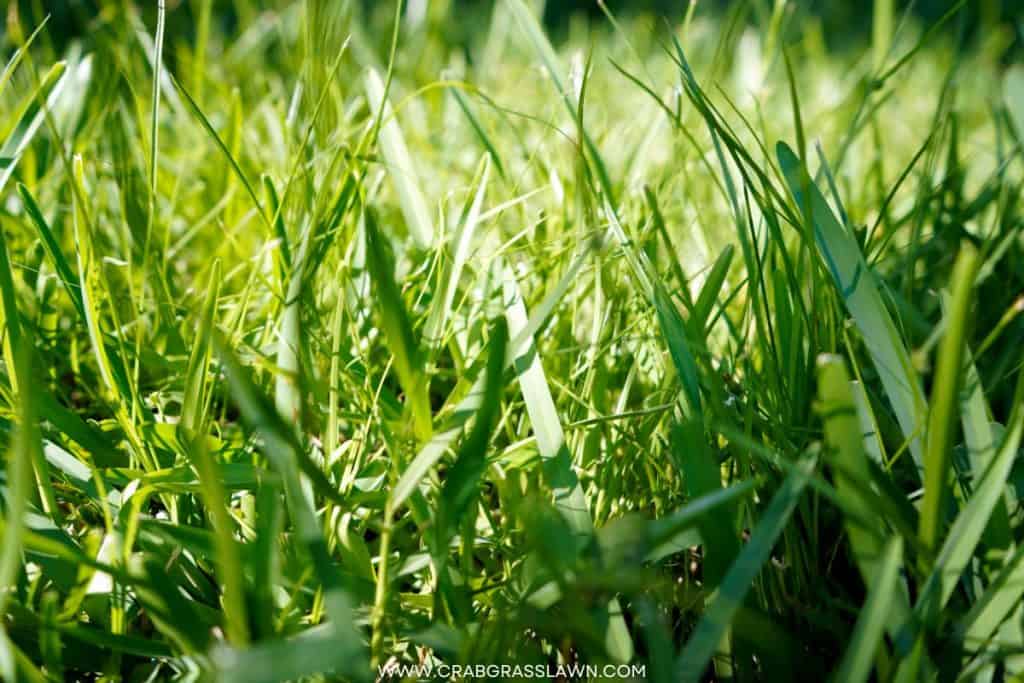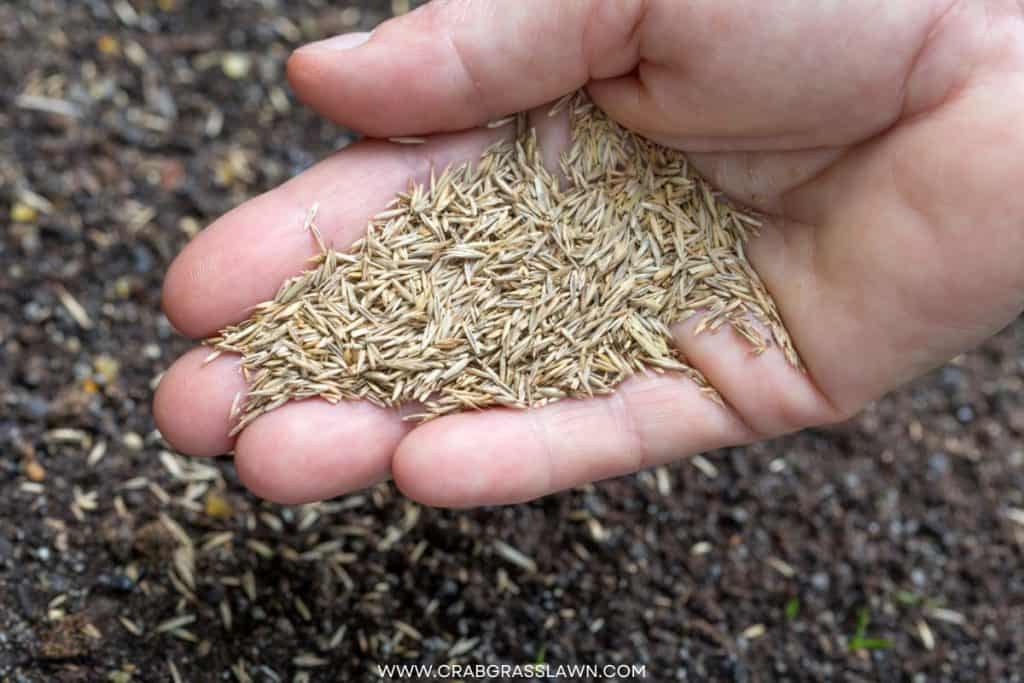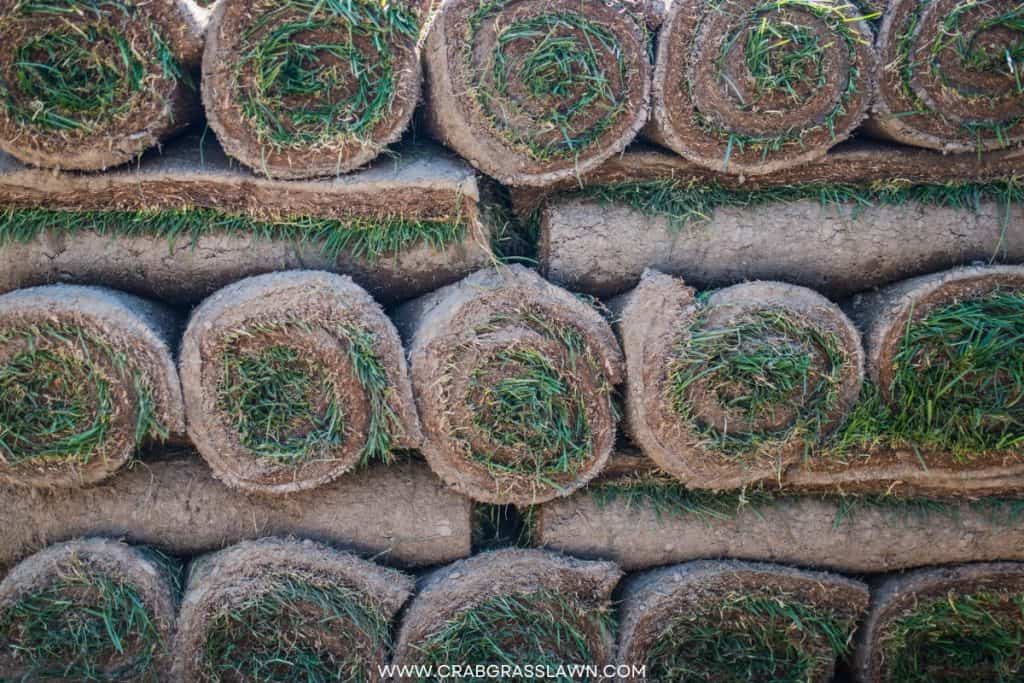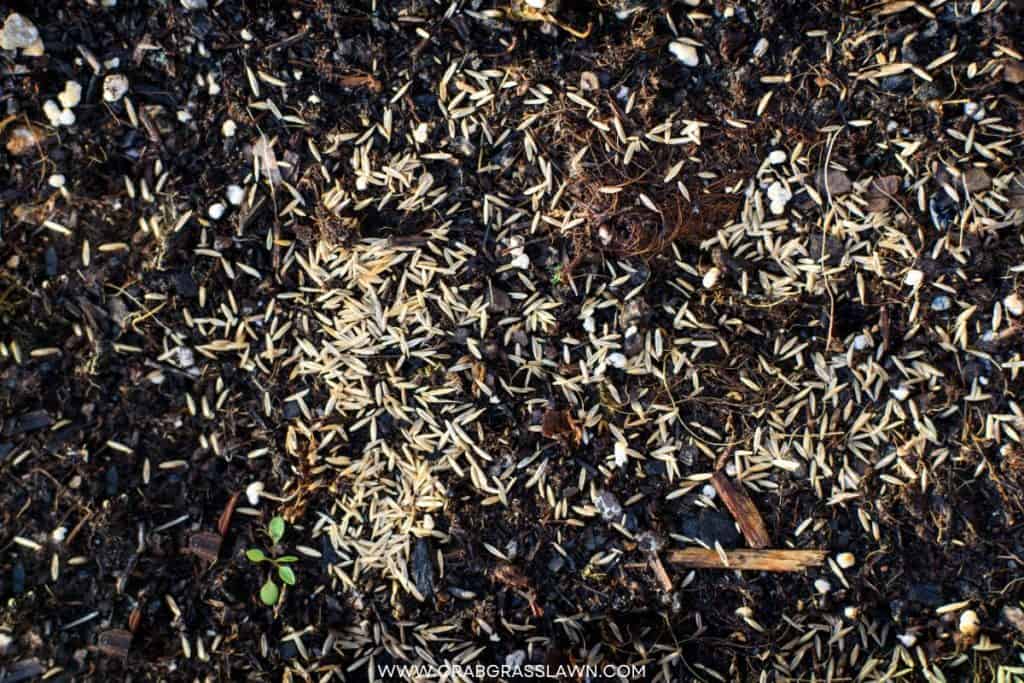St. Augustine grass thrives in warm or humid areas and is a staple for home lawns in the South. I’ve tried growing St. Augustine grass here in Alabama but the results were disappointing due to the turfgrass’s poor cold tolerance.
But don’t get me wrong, St, Augustine grass does grow well in Alabama but only in the southern half of the state.
Plus, I probably planted stale St. Augustine grass seeds which lead to the low and poor germination rates. So I have 2 big questions – where to buy St. Augustine grass seeds for healthy growth and can I grow a St. Augustine lawn from seed?
If you’ve frequented garden centers looking for St. Augustine grass seeds, you’re out of luck not due to the shortage of St. Augustine seeds but because this turfgrass doesn’t produce enough seed for commercialization.

Where to Buy St. Augustine Grass Seed?
St. Augustine grass seed isn’t available at your local garden center or online at leading marketplaces such as Pennington. Your local nursery or big box store will carry a wide range of other grass seeds but only St. Augustine grass plugs and not seeds.
There are certain times of the year when St. Augustine grass releases a seed head, which is a little stalk that grows up and looks sort of ugly.
You can pick it up and pull the individual seeds off the plant but they will not grow well when planted this way. It’s so hard to get St. Augustine grass seeds to grow that even sod farmers have to adapt to the process.
Can St. Augustine Grass Be Grown from Seed?
The answer is yes and no! While several warm-season grasses can be propagated via seeds in different types of soil including alkaline soils and sandy soils, St. Augustine isn’t one of them.
This perennial turfgrass can only be installed in a vegetative fashion, which is either by planting grass plugs or laying sod on the soil surface. St. Augustine grass doesn’t produce enough seeds for lawn propagation use and is therefore not available at your local garden center.

How Can I Grow a St. Augustine Lawn?
You can grow a St. Augustine lawn with either grass plugs or sod. Grass plugs are a cheaper alternative than sod but the latter provides you with an instant lawn. Here are some key tips on how to care for sod.
St. Augustine grass grows best when high temperatures are between 80-100 °F. The best time to plant St. Augustine grass plugs or sod is at least 90 days before your area’s first estimated fall frost. This will give the grass plenty of time to establish and achieve a rich green color.
- Start by measuring your lawn to determine the number of plugs or the amount of sod you’ll need
- Next, prepare the area by removing any existing grass and weed growth by applying a non-selective herbicide
- Use residential water to soak the ground thoroughly and dig holes to place your plugs
- Monitor your new lawn for pests and diseases as your new lawn becomes established
Where Can You Buy St. Augustine Grass Plugs or Sod?
Just like most warm-season grasses, sod farms propagate St. Augustine grass vegetatively by planting small plantlets (plugs/sprigs) that grow into a full field of sod within 8 – 12 months depending on climates such as humid climates and the latitude of the sod farm.
Once the St. Augustine sod is harvested, sod farmers leave ribbons of St. Augustine grass in the field, which then re-grow into a new field of St. Augustine sod in less time than the original field.
You can buy St. Augustine grass sod or plugs at your local garden center or online stores like Sod Solutions. Home Depot also sells several species of St. Augustine grass plugs. Stay updated on St. Augustine grass species.

Characteristics of St. Augustine Grass Seeds
St. Augustine grass seeds have a good tolerance for heat and humidity and grow well in high temperatures (generally 80 degrees to 100 °F). This type of home lawn grass seeds feature deep root growth when they receive good seed-to-soil contact.
St. Augustine grass seeds grow broad, coarse leaves and blue-green blades, which retain their color even when the temperatures go as low as 10°. These seeds flourish at a pH range of 6-7.5 but do not grow well in waterlogged soil conditions.
Just like all other residential lawn grass seeds, St. Augustine requires a fair bit of maintenance like adding mulch in the appropriate quantities per square foot of yard in the spring through summer, applying nitrogen for green grass growth, and other proper care techniques including spreading pre-emergent herbicide to prevent disease including fungal disease and other harmful diseases.
- St. Augustine grass seeds are most popular in the Southern United States
- They can be exposed to cooler temperatures but retain their color longer than any other warm-season grasses.
- St. Augustine grass seeds grow and thrive in soils with a pH between 5.0 to 8.0 and in states like South Carolina and Southern California and require a good mix of sun & shade for a vibrant green lawn.
- These grass seeds are sensitive to chinch bugs and certain other pests, which can cause wilting leaf blades and/or brown patches.
- St. Augustine grass seeds require a good dose of starter fertilizer and nitrogen lawn fertilizer after performing a soil test.
- St. Augustine grass seeds need roughly an inch of water per week either from natural rainfall or supplemental irrigation like a residential water hose or sprinkler system.

St. Augustine Grass Buyers Guide
There are several different types of St. Augustine grass seeds available but most are a blend of other grass seeds. Check your area for professional landscaping solutions to help you choose the right St. Augustine grass seeds, plugs, or sod.
FAQs
Q. How Long Does It Take to Grow St Augustine Grass from Seed?
A. St. Augustine grass generally germinated from seeds within 7 to 14 days but could take longer depending on several factors such as weather and maintenance.
Q. What Is the Best Grass Seed to Mix with St. Augustine?
A. Bermudagrass is the best seed to mix with St. Augustine grass seeds is less expensive to plant and best of all spreads quickly.
Q. What Is the Difference Between St. Augustine and Bermuda Grass?
A. There are several key differences between St. Augustine and Bermuda grass. St. Augustine grass tolerates both sun and shade whereas bermuda grass grows well in full sun but not so well in shady areas. You can grow bermuda grass from seeds but only with sod or plugs for St. Augustine grass.
Q. What Are the Disadvantages of St. Augustine Grass?
A. There are a few disadvantages to St. Augustine grass including it is not hardy to cold weather, doesn’t offer good drought tolerance, and requires supplemental irrigation.
Q. Does St Augustine Grass Spread?
A. St. Augustine grass spreads quickly when properly maintained and doesn’t wear down in areas that receive heavy traffic.
Final Thoughts
St. Augustine grass is a hardy grass that’s a great option for hot to moderate climates. However, this residential turfgrass can only be grown via grass plugs or sod and not seeds as they aren’t commercially available.
St. Augustine grass also requires a fair amount of care and maintenance to support healthy root growth and development. It doesn’t grow well in compacted soil due to the lack of oxygen flow but spreads quickly under the right conditions.
Hi, Alex Kuritz here. Growing up I remember that my family had one of the best lawns in the neighborhood. Richly green and lush. I did a lot as I grew up in terms of caring and tending for not only my family’s lawn but also my neighbors. I can say I have years of experience, and I am here to share it with you.


